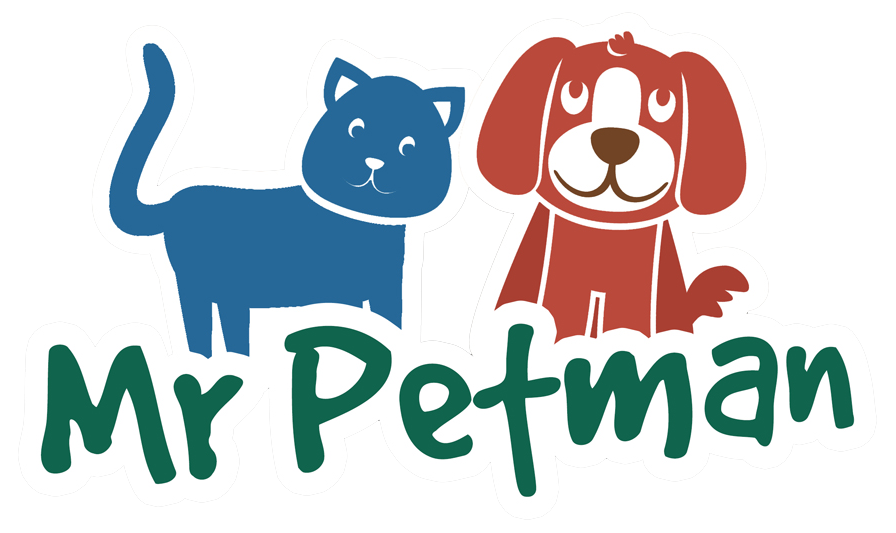Pet Cats Staying at Home
Mr Bojangles sleeping in his own pod within his own secure cat enclosure.
Cats are wonderful, intelligent, curious, clean and playful creatures. They make great pets and companions for single people or families (as do dogs).
By nature they are predators, nimble hunters keen to catch rats and mice (a good service). On occasion they also catch birds and other creepy-crawlies (not so good).
In many urban centres around the world, including here in Canberra, authorities have introduced cat containment for pet cat owners that is intended to protect native fauna.
Although feral and semi-feral cats are a much bigger threat to birds and wildlife, as they are reliant on these food sources to survive, domestic cats are also seen as damaging threats.
Decades ago if someone had said I needed to keep Lucy, Esso and Ginger—our household pet cats—on our property at all times I would have seen this as crazy policy. Back then domestic cats roamed free, keeping them housebound wasn’t something I’d even consider, let alone do.
Times have changed. Responsible pet cat ownership now includes containment along with general pet care covering food, water, shelter, love, play, desexing and microchipping.
Bojangles, my current adult pet cat, roamed free for the first eight years of his life. Moving house into a cat containment suburb I built him a secure outdoor space as a cat run. It included natural grass, plants, sand litter box and climbing ramps with independent access 24/7 via a cat door.
It took him time to adjust. I too had to adapt to the reality he had to be on our property at all times. He no longer had the liberty to wander widely, whether during the day or night.
Over time I’ve recognised the benefits of Bojangles being safe and sound at home with access to his own secure, outdoor space. The advantages extend beyond peace of mind.
Contained cats live up to four times longer than non-contained cats. They suffer fewer injuries. Are less likely to get run over by vehicles and more likely to stay out of fights with other cats or dogs. There is less chance of them being bitten by snakes during hot summer days or being stolen or harmed by malicious people. Lastly, they won’t annoy your neighbours. Not everyone loves cats and when next door neighbours don’t this can be troublesome for you and your pet cat.
Fewer injuries or accidents and reduced exposure to disease from feral or semi-feral cats does mean fewer vet visits. The latter can be expensive as anyone who has taken their cat to the emergency vet in Fyshwick after hours knows: the service is excellent but it comes at a cost.
Kit and Pop enjoying their elevated climbing and viewing platforms on their enclosed space on an apartment balcony.
Cat containment isn’t about keeping your cat locked in a wire cage or kept indoors all the time. It is about providing your pet cat with a secure outdoor space to enjoy the fresh air, sunshine and plants.
Contained cats retain their intelligence, curiosity and playfulness. They need stimulation. This is best provided through access to an outdoor, sunny, secure space, they can access independently. Ideally, large enough so you can join them. Elevated climbing ramps and platforms, to bask in the sun and observe the world, are desirable add-ons. Along with daily play—lots of it—whether with toys, balls or simple devices like pieces of string, rolled up paper or empty cardboard boxes.
Outdoor cat runs offer many positive outcomes: a secure space for your cats; peace of mind for you; lower vet bills; reduced conflict with neighbours and safe gardens for birds and reptiles.
Where cats are part of the family providing them with a safe, secure outdoor space is important for their good health and long term wellbeing
©Mr Petman


